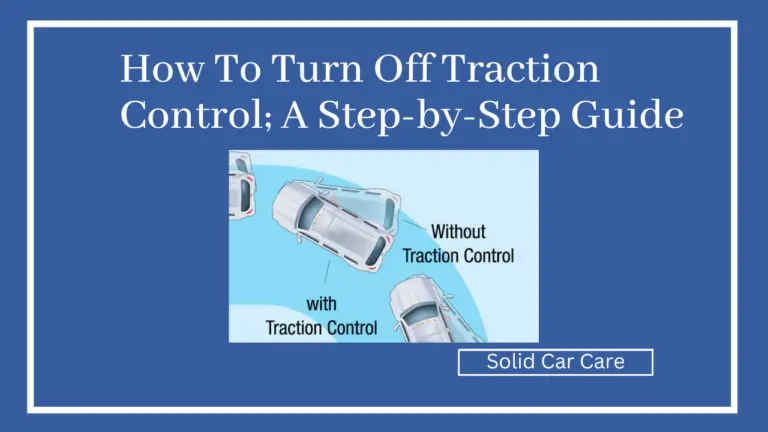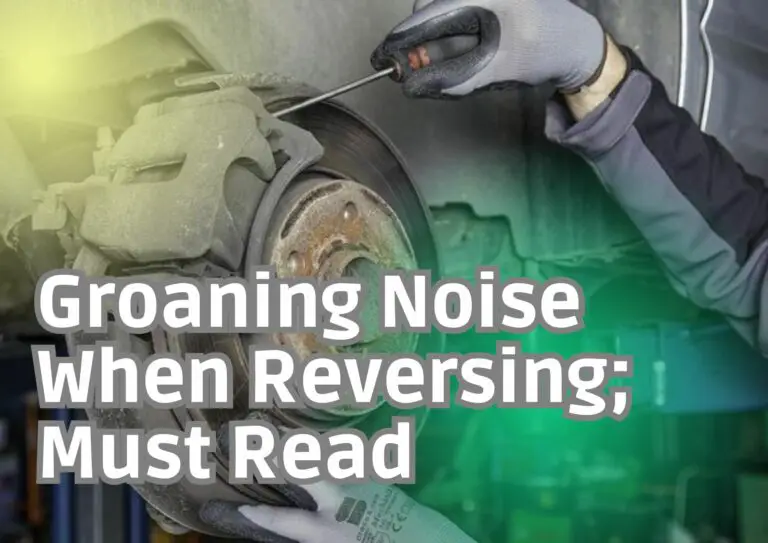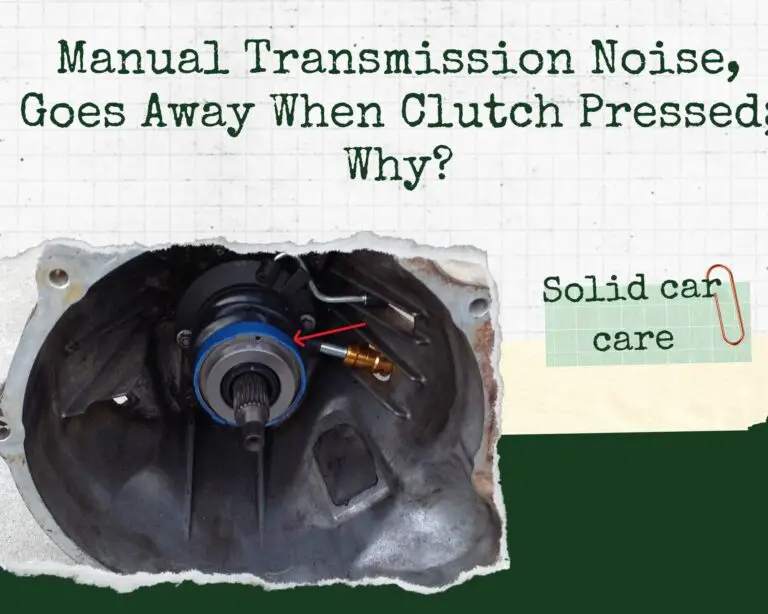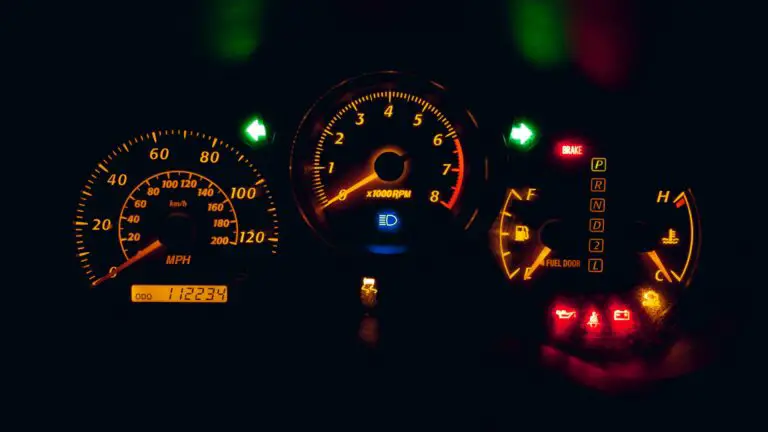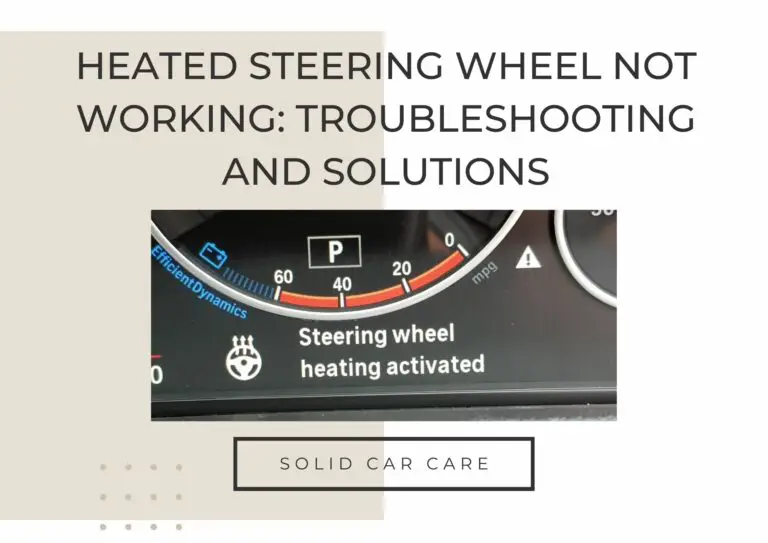Low Oil Pressure Light After Oil Change – Causes and Solutions
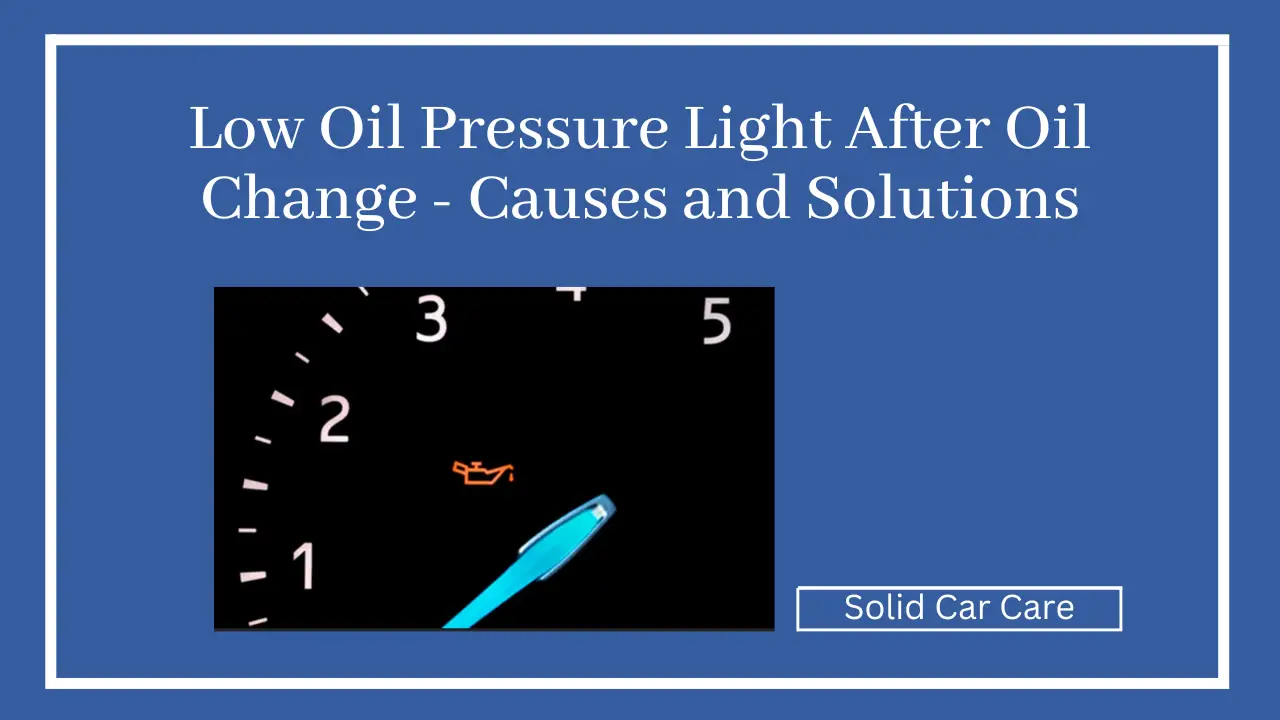
An oil change is a routine maintenance task that keeps your engine running smoothly and efficiently. However, encountering the low oil pressure light after an oil change can be disconcerting. There are several potential reasons for this warning light to illuminate, and understanding them is crucial to safeguarding your engine’s health.
In this article, we will explore the common causes behind the low oil pressure light after an oil change and provide practical solutions to address the issue. Let’s delve into the details to ensure your engine’s longevity and optimal performance.
Table of Contents
Why is the oil pressure low after the oil change?
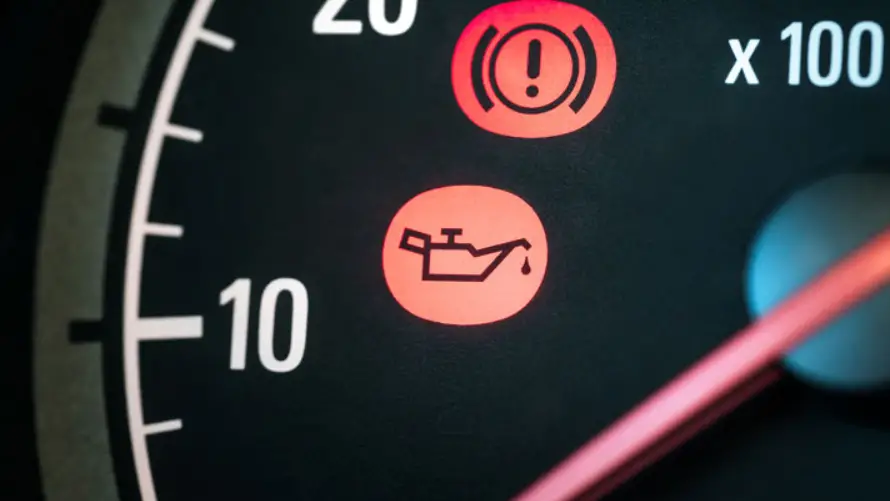
Low Oil Level – The Usual Suspect
The most common reason for the low oil pressure light illuminating after an oil change is a simple oversight: the oil level is too low. This may occur if the mechanic does not add enough oil to the engine during the oil change process. Inadequate oil levels can compromise lubrication and increase friction, resulting in a drop in oil pressure.
Another possibility is that the oil levels were already low before the oil change. Driving with insufficient oil for an extended period can lead to premature wear on engine components and adversely affect oil pressure.
Clogged Oil Filter
- Improper Installation
An essential component of the lubrication system, the oil filter, can become clogged if it is not properly installed during the oil change. A misaligned or loose oil filter may restrict the smooth flow of oil through the engine, leading to decreased oil pressure.
- Old and Dirty Filters
In some cases, an old and dirty oil filter may have been reused during the oil change, limiting its ability to filter contaminants effectively. This can cause blockages, hindering oil flow and causing the low oil pressure light to illuminate.
Malfunctioning Oil Pressure Sensor
The oil pressure sensor, responsible for detecting oil pressure variations and triggering the warning light, can occasionally malfunction. Even with adequate oil pressure, a faulty sensor may inaccurately signal low oil pressure, misleading the driver.
Oil Leak
An oil leak can lead to a gradual reduction in oil levels. Over time, this can cause the low oil pressure light to come on after an oil change, even if the oil was refilled correctly during maintenance.
How to fix the problem DIY?
Upon noticing the low oil pressure light after an oil change, it is crucial to immediately prevent engine damage. Here’s what you should do:
- Check the Oil Level
Verify the oil level immediately using the dipstick. If it’s low, add the correct type and amount of oil to reach the recommended level.
- Inspect the Oil Filter
Ensure the oil filter is installed correctly and not clogged. If it is old or dirty, consider replacing it with a new one to ensure proper oil flow.
- Examine the Oil Pressure Sensor
Have the mechanic inspect the oil pressure sensor for any malfunctions or inaccuracies. Replace the sensor if necessary.
- Address Oil Leaks
If an oil leak is identified, repair it promptly to prevent further oil loss and potential engine damage.
How To Reset Low Oil Pressure Light; Must Read
solidcarcare.com
Oil pressure low stop engine, but oil is full; why?
Experiencing a “Low Oil Pressure, Stop Engine” warning with a full oil level can indicate several potential issues. A faulty oil pressure sensor may provide inaccurate readings, triggering the warning despite sufficient oil.
Clogged oil pickup screens, worn oil pumps, or improperly installed oil filters can hinder proper oil flow, leading to low pressure. Internal engine wear, such as worn bearings or crankshaft journals, can also cause low oil pressure.
Address this issue immediately by checking the oil level, inspecting for leaks, replacing the oil pressure sensor, and seeking professional inspection to prevent severe engine damage and ensure proper lubrication.
How to reset the low oil pressure light?
Resetting the low oil pressure light can vary depending on the make and model of your vehicle. In some cars, the light will automatically reset once the issue causing the low oil pressure is resolved. However, in other cases, manual intervention may be required. Here’s a general procedure to reset the low oil pressure light:
Before attempting to reset the light, addressing the cause of the low oil pressure is crucial, such as adding enough oil, replacing a faulty oil pressure sensor, or fixing an oil leak.
- Turn Off the Engine: Ensure the engine is turned off and allow it to cool down.
- Locate the Reset Button or Procedure: Consult your vehicle’s owner’s manual to find the specific procedure for resetting the low oil pressure light. Some vehicles have a dedicated reset button, while others may require a specific combination of actions, like turning the ignition key on and off in a specific sequence.
- Perform the Reset: Follow your owner’s manual instructions to reset the low oil pressure light. This may involve pressing and holding the reset button for a few seconds or following a specific sequence of actions.
- Check for Confirmation: After performing the reset, start the engine and observe the dashboard. The low oil pressure light should no longer be illuminated if the reset was successful.
How to Prevent Problems after an oil change?
To avoid encountering the low oil pressure light after future oil changes, consider these preventive steps:
- Regular Oil Level Checks
Regularly monitor your vehicle’s oil level and top up to maintain optimal lubrication.
- Follow the Manufacturer’s Recommendations
Adhere to the manufacturer’s recommended oil change intervals and use the correct type of oil for your car.
- Proper Oil Filter Installation
Ensure that the oil filter is installed correctly during every oil change to maintain unrestricted oil flow.
- Vigilance Against Leaks
Be attentive to signs of oil leaks and have them addressed promptly to prevent oil loss and potential engine damage.
Does the oil pressure light indicate when the oil should be changed?
No, the oil pressure light does not indicate when the oil should be changed. The oil pressure light is a warning indicator that illuminates when the engine’s oil pressure drops below the recommended level.
It signals a potential problem with the engine’s lubrication system, such as low oil level, a clogged oil filter, or a malfunctioning oil pressure sensor.
Regularly scheduled oil changes are essential to maintain the engine’s health, but the oil pressure light serves as a separate warning system for monitoring oil pressure. It should never be ignored, as driving with low oil pressure can lead to serious engine damage.
The Oil Pressure Light Comes On When The Engine Is Hot! How Bad?
solidcarcare.com
Conclusion
The low oil pressure light after an oil change can cause concern, but understanding the potential causes is essential for prompt resolution. Whether it’s low oil levels, a clogged oil filter, a faulty sensor, or an oil leak, addressing the issue promptly is crucial to preserve your engine’s health and performance. Regular maintenance, proper oil change procedures, and vigilance against potential issues will ensure your engine remains in peak condition, providing you with a smooth and worry-free driving experience.

